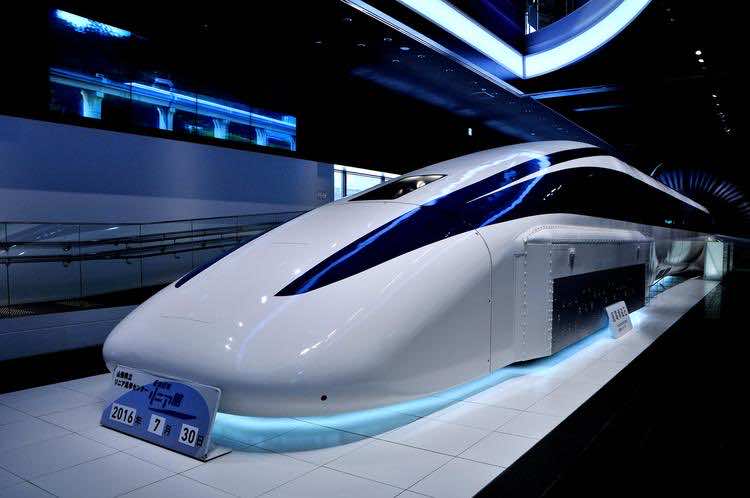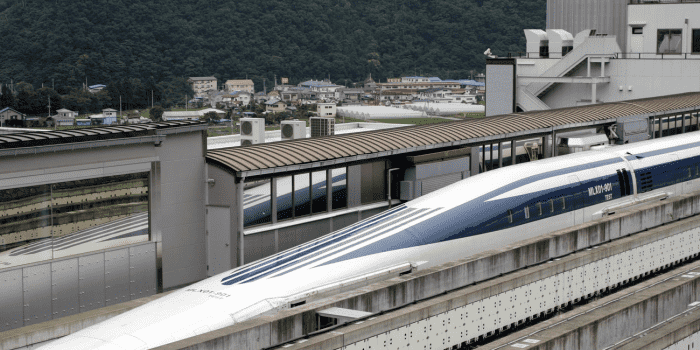Japan is now building the world’s fastest passenger train. The country is working on a system that will move at twice the speed of current bullet trains and cut journey times in half. It plans to cover these features with one fundamental concept of wheels. Through the use of magnetic levitation, these new trains will hover ten centimeters above the ground, eradicating the friction that comes from contact with the rails.
The country was the first among all other countries to develop high-speed rail, with the construction of the Tokaido Shinkansen line between Tokyo and Osaka in 1959. But then the Japanese people along with the rest of the world thought it would soon be outdated in an exciting new era of air travel.

Japanese engineers looked back in time to a technology that has actually been around since the early 1900s having magnetic levitation dubbed “maglev”. In fact, the trend of maglev trains dates back to the 1960s and the world’s first commercial line has been in operation since 2004.
The central Japan Railway Company has modernized the technology using superconducting magnets. Electromagnets are cooled to -269 degrees, permitting trains to levitate higher above the tracks, but trains have to move at speed before the magnets come in. Once the train reaches 150 kilometers an hour by itself, magnetic levitation kicks in, and the carriage is lifted off its rubber wheels.
The train then operates with a set of coils in the track, one used to levitate its mass, and the other one to propel it forward. Now, carriages can travel at incredible speeds without wheels. Moreover, the trains are autonomous. These are controlled by the track. The Tokyo to Nagoya line has been under construction since 2014 and is likely to open in 2027. Extension linking Tokyo to Osaka will begin to be built afterward and open as early as 2037.
Here is the full story about Japan’s gamble on levitating bullet trains:


